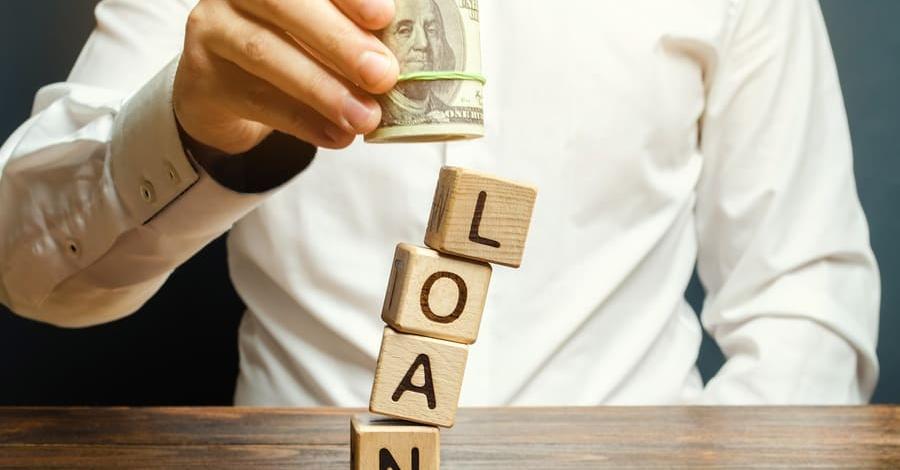Taking a personal loan can be an effective strategy for consolidating and repaying debt. With interest rates on personal loans ranging from 10% to 24% and loan tenures up to 5 years, personal loans allow borrowers to reduce their monthly payments and pay off high-interest debt faster. However, personal loans need to be used responsibly to avoid falling further into debt.
Consolidating debt with a personal loan
One of the main reasons borrowers take personal loans is to consolidate multiple debts into one. This allows you to combine all your outstanding balances into a single loan, often at a lower interest rate.
For example, you may have several credit cards charging interest rates over 40%. By taking a personal loan with an interest rate of 16%, you can pay off your credit card balances and reduce your overall interest costs. You’ll also have just one EMI to manage instead of multiple card payments. A personal loan EMI calculator can help you determine the monthly EMI amount based on the loan amount, interest rate and tenure you choose.
When consolidating debt, be sure to close the accounts you paid off, so you don’t run up balances again. Also, avoid the temptation to use the freed-up credit to overspend. The key is to change the spending habits that led to accumulation of debt in the first place.
Tips for debt consolidation
- Compare interest rates from banks and NBFCs to find the lowest rate for your personal loan. This will reduce your interest repayment.
- Opt for the longest tenure you can afford to keep EMIs low. A lower EMI can help you avoid defaulting on repayment.
- Avoid borrowing more than you need to consolidate your debts. Do not use surplus loan amounts for discretionary spending.
- Read the fine print for any hidden fees and charges applicable on your personal loan. This will help prevent unexpected costs.
- Automate your EMI payments by setting up auto-debit from your bank account on the due date. This prevents missed payments and penalties.
Using personal loans for debt repayment
In addition to debt consolidation, personal loans can also be used purely for credit card or other debt repayment. The key benefit is that the interest rate on a personal loan is usually lower than the steep rates charged on credit card balances or payday loans.
For example, if you have a credit card with an outstanding balance of ₹1 lakh at an interest rate of 36%, taking a ₹1 lakh personal loan at 16% interest can reduce your interest costs substantially. This will allow you to become debt-free faster. Again, a personal loan EMI calculator will help you determine the loan amount and tenure that will work within your budget for repayment. Be realistic about the EMI you can afford each month to avoid payment difficulties later.
Tips for debt repayment
- Take a personal loan only for the outstanding amount you need to repay, not more. Avoid the temptation to borrow surplus funds.
- Prioritise paying off debts with the highest interest rates first when you take the loan. This will reduce your overall interest outgo.
- Make payments on time each month to avoid late fees and penalties. This will ensure your entire EMI goes towards loan repayment.
- Pay more than your EMIs when possible. Any extra amount will reduce your principal outstanding and total interest cost.
- Avoid further use of the credit cards or loans you repay with your personal loan. Discontinue or cancel them if required.
Personal loans offer a useful means to consolidate and repay debt through manageable EMIs. However, borrowers must exercise discipline and make repaying the loan a top priority to avoid adverse financial consequences of default. Careful planning, limiting overspending, and paying EMIs diligently can help you get back on track financially with a personal loan.
